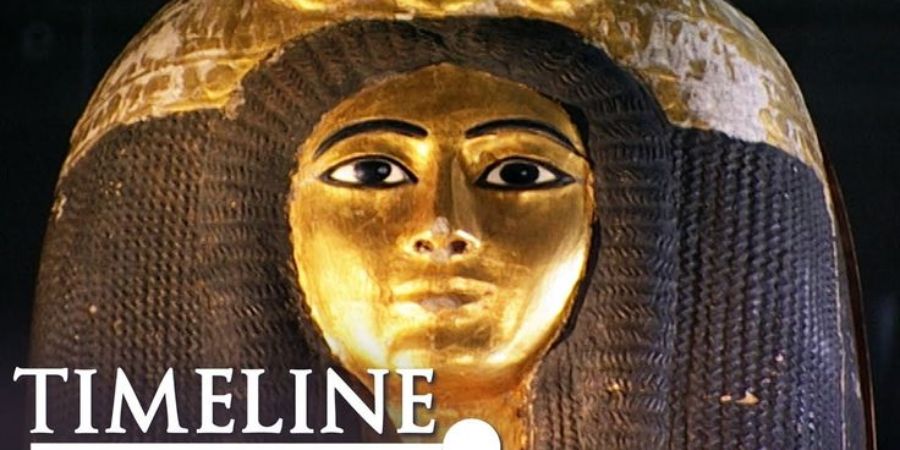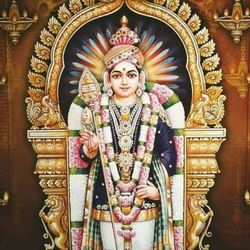

Mummy: a body that has been embalmed, naturally preserved, or maintained for burial in the manner of the ancient Egyptians. Although the procedure varied from age to age in Egypt, it always entailed taking out the internal organs (although in the latter part of the civilization, they were replaced after therapy), treating the body with resin, and wrapping it in linen bandages. The people who lived in the Torres Strait, which connects Papua New Guinea and Australia, and the Incas of South America were two of the several other groups who practiced mummification.

There was a popular misconception that bitumen, which is derived from the Arabic term mimiyah and means "bitumen," was used to prepare Egyptian mummies because it was thought to have therapeutic properties. The "mummy," created by pounding mummified remains, was a common item in pharmacy shops throughout the Middle Ages. Over time, it was forgotten that the bitumen in mummies was what gave them their virtue, and fake mummies were created using criminals' and suicide victims' bodies. Mummy trade persisted in Europe till the 18th century.
A human or animal whose body has been preserved after death through drying or another method is called a mummy. When people think about mummies, they frequently picture the early Hollywood renditions of human forms covered in countless layers of bandages, their arms outstretched and moving forward slowly. Mummies are really real and have a fascinating history, even though they don't actually emerge from their old tombs and attack.
Mummies from Egypt
The goal of mummification, regardless of the method used, was to preserve as much skin tissue as possible. The priests of ancient Egypt are regarded as the process' leading authorities. The arid atmosphere of Egypt made it simple to dry up and mummify a body, but the Egyptians regularly employed a more involved procedure to guarantee the deceased had a smooth transition to the hereafter.
For royalty and the wealthy, mummification frequently involved:
After washing the deceased, all organs but the heart were removed, and they were put in jars.
embalming the body with resins and essential oils including myrrh, cassia, juniper oil, and cedar oil wrapping the embalmed corpse in multiple layers of linen packaging the body and organs in salt to remove moisture.
All classes of ancient Egyptians practised mummification, however the procedure wasn't as complex for the poor. Salima Ikram, an Egyptologist, claims that some corpses were only filled with juniper oil to disintegrate organs prior to burial.
Pharaohs' mummies were put in elaborate stone coffins known as sarcophaguses. Then, everything they would require for the afterlife, including tools, food, wine, perfume, and household belongings, were placed in magnificent graves for them. Even their pets and slaves were buried with certain pharaohs.


